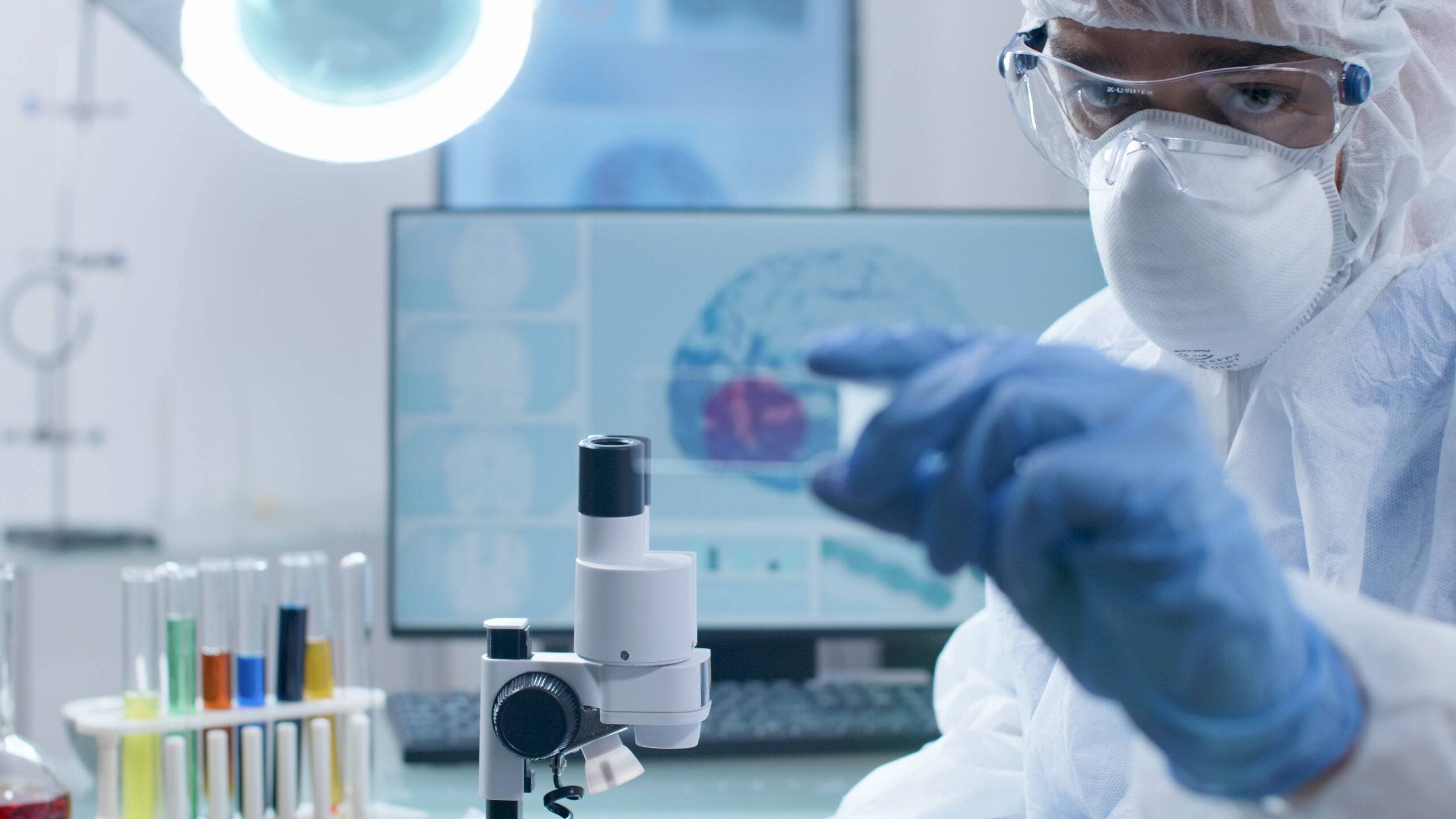In today’s world, the amount of data collected while conducting clinical trials is massive. This data needs to be converted into meaningful and usable information by experts to develop an accurate benefit -risk profile for any drug under research or study. The success of any clinical study or trial is highly dependable on the correct interpretation of collected data.
A significant part of this data consists of electrocardiographic or heart health observations. Electrocardiographic data or ECG as is commonly known as is crucial for ensuring the cardiac safety of any drug. ECG data needs to be understood and analyzed correctly by experts. They need to determine clear objectives for accurate results. Many times promising drugs are developed but aren’t brought to market due to cardiac safety concerns. This data is collected through an electrocardiogram.
 What is an Electrocardiogram?
What is an Electrocardiogram?
An electrocardiogram is a test conducted to evaluate the heart function by electrocardiogram machine (ECG). The heart activity is measured with the help of electrodes and small plastic patches placed on particular spots on chests, arms, and legs and connected to an ECG machine. The ECG machine measure interprets and prints out the electrical activity of heart without sending any electricity to the body. It is a diagnostic tool that helps to access cardiac arrhythmias, acute and old cardiac ischemia, tachycardia and more. Electrocardiograms are done in a doctor’s clinic or a hospital room.It is an invasive and painless test that gives quick and accurate reports about heart health.
An electrocardiogram records the electrical activity in a graphical format as waves with different patterns corresponding to each electrical phase of a patient’s heartbeat. It plays a significant role in most clinical trials.
What an ECG Does?
- Records natural electrical impulses that coordinate contractions of different parts of the heart
- Records impulses to show the rate, rhythm (steady or irregular), strength and timing of electrical impulses
- Any change in the ECG report gives an indication of heart related conditions
- The ECG is used to diagnose heart conditions and prescribe the correct treatment.
Methods to Collect Clinical Data
There are many ways to collect clinical data. Mostly it is generated and collected by
- Investigator
- Clinical staff
- Directly by patients are known as Patient Reported Outcomes (PROs)
Another method to collect clinical data is through ‘direct data capture’ also known as DDC. In DDC the data is directly generated through electronic devices, captured and added to the database. Electrocardiogram data is done through direct data capture
Handling Electro Cardio Data
Electro cardio data is needed to be used, interpreted and analyzed correctly. Experts need to know the objectives of the clinical study for which the data is collected. Broadly speaking the objectives are as follows-
- What is measured?
- What does it mean?
- How to correctly interpret and analyze?
Researchers evaluate ECG data for individual patients or patient groups using advanced algorithms through sophisticated technologies.
Precautions for collecting Clinical Data
Clinical data needs to be of very high quality. Researchers work on the collected data from observations. If the clinical data collected is incorrect than the interpretations and conclusions based on this data will not be accurate.
- Ability of evaluation and analyzed
- Accuracy
- Consistency
- Easy to comprehend
- Logical observations
Clinical researchers work diligently on the observations to help pharmaceutical industry to develop and bring out new drugs in the market that can help patients all over the world.



